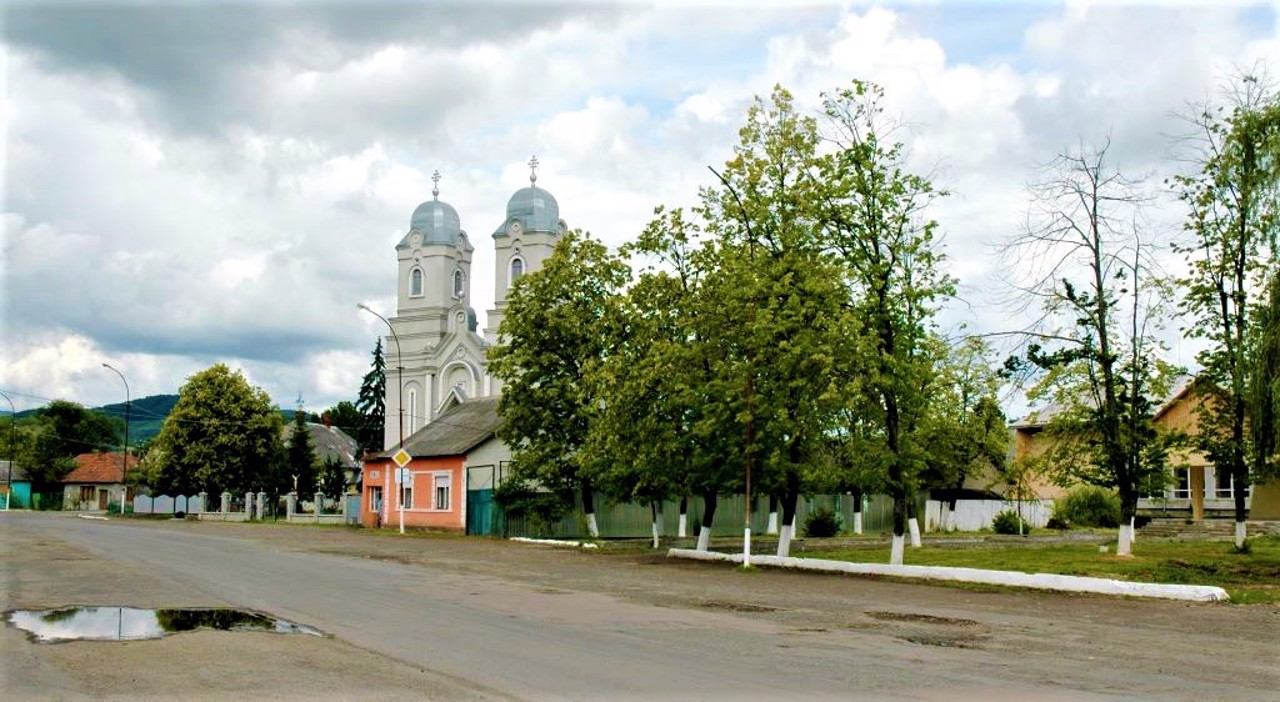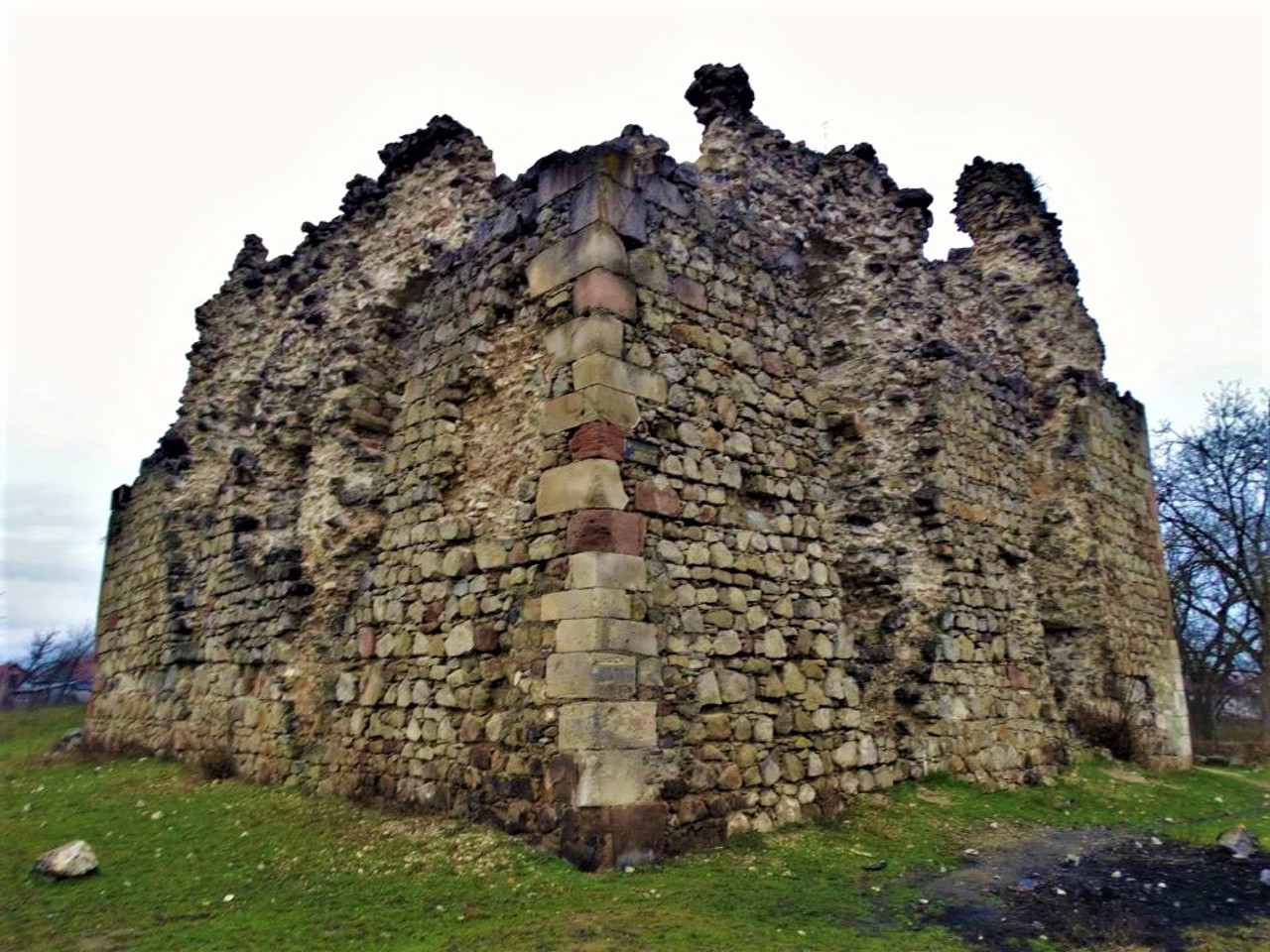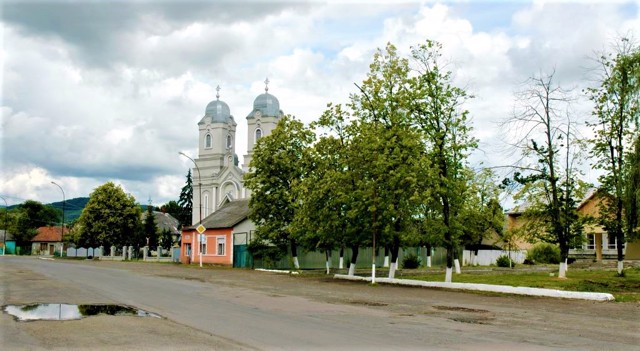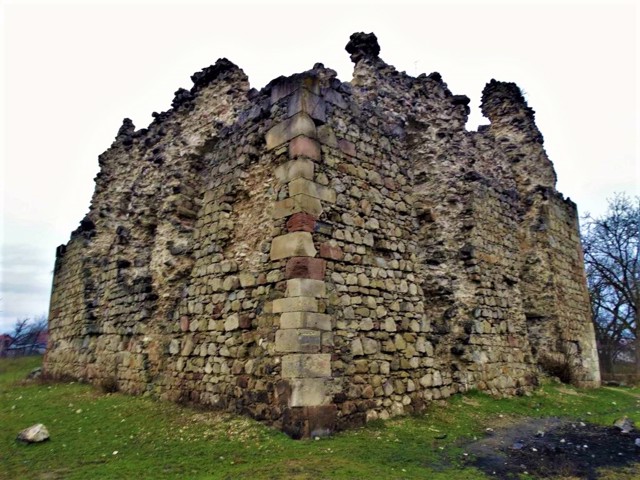Functional temporarily unavailable
General information about Serednie
The large town Serednie on the Violla River is located exactly in the middle between Uzhhorod and Mukachevo, which usually explains the name. A significant wine-making center.
The first mention dates back to the 14th century, but as early as the 12th century, the Knights Templar built a castle here to control the salt trade. After the liquidation of the Templar Order, the monks of the Order of Saint Paul took possession of the castle.
In the 15th century, the settlement received city privileges and began to pass from the hands of local feudal lords: Drugets, Palochi, Dobo. The latter began to develop winemaking and built wine cella ...
The large town Serednie on the Violla River is located exactly in the middle between Uzhhorod and Mukachevo, which usually explains the name. A significant wine-making center.
The first mention dates back to the 14th century, but as early as the 12th century, the Knights Templar built a castle here to control the salt trade. After the liquidation of the Templar Order, the monks of the Order of Saint Paul took possession of the castle.
In the 15th century, the settlement received city privileges and began to pass from the hands of local feudal lords: Drugets, Palochi, Dobo. The latter began to develop winemaking and built wine cellars on the basis of medieval underground tunnels, using the labor of captured Turks.
During the numerous Austro-Turkish and Austro-Hungarian wars of the 17th and 18th centuries, the castle was destroyed (the ruins of the tower-donjon were preserved), almost all the inhabitants were exterminated. The revival began in the 19th century.
A winery was created on the basis of the old wine cellars, which is still functioning.
Велике селище Середнє на річці Віолла розташоване точно посередині між Ужгородом та Мукачевом, чим зазвичай пояснюється назва. Значний виноробний центр.
Перша згадка відноситься до XIV сторіччя, проте ще в XII сторіччі лицарі-тамплієри побудували тут замок для контролю за торгівлею сіллю. Після ліквідації ордену тамплієрів замком заволоділи монахи ордену Святого Павла.
В XV столітті поселення отримало міські привілеї і стало переходити з рук в руки місцевих феодалів: Другетів, Палочів, Добо. Останні почали розвивати виноробство й на основі середньовічних підземних ходів заклали винні підвали, використовуючи працю полонених турків.< ...
Велике селище Середнє на річці Віолла розташоване точно посередині між Ужгородом та Мукачевом, чим зазвичай пояснюється назва. Значний виноробний центр.
Перша згадка відноситься до XIV сторіччя, проте ще в XII сторіччі лицарі-тамплієри побудували тут замок для контролю за торгівлею сіллю. Після ліквідації ордену тамплієрів замком заволоділи монахи ордену Святого Павла.
В XV столітті поселення отримало міські привілеї і стало переходити з рук в руки місцевих феодалів: Другетів, Палочів, Добо. Останні почали розвивати виноробство й на основі середньовічних підземних ходів заклали винні підвали, використовуючи працю полонених турків.
В ході численних австро-турецьких та австро-угорських війн XVII-XVIII століть замок був зруйнований (збереглися руїни вежі-донжон), майже всі жителі були винищені. Відродження почалося в XIX столітті.
На базі старих винних підвалів було створено винзавод, який функціонує дотепер.
Сплануй своє перебування у Serednie
What to see and where to go in Serednie
Tourist attractions and museums of Serednie
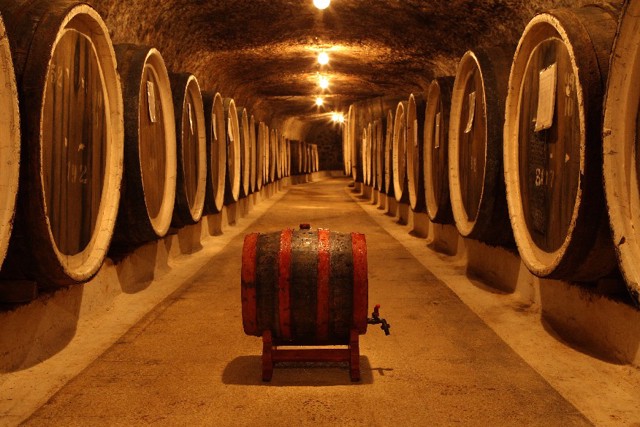
Serednyansky Wine Cellars
Winery / brewery
Wine cellars in Serednie are the oldest and largest wine-making center in Transcarpathia.
The cellars were laid in 1557 by the magnates Frantsysk Stefan and Dominik Dobo from Ruska, who owned the Serednyansky castle at the time, as evidenced by a stone tablet near the old entrance to the dungeon.
The construction of the cellars was carried out by the forces of the captured Turks. Their total length was 4.5 kilometers. Initially, the cellars played the role of an underground shelter in the event of an enemy attack, but gradually turned into a wine cellar.
The tunnels are cut in tuff, a porous rock of volcanic origin. Inside, the temperature is constantly maintained at +12 degrees, which are ideal conditions for aging wine.
Serednyansky wines were known to many monarchs of Europe, they were supplied to the court of the Russian Tsar Peter I. In Soviet times, the cellars were nationalized, and on their basis, the Serednyansky state farm factory was created, which became famous for the famous vintage wines "Serednyanske", "Pearl of the Carpathians", "Rose of Transcarpathia". Currently, the plant belongs to APF "Leanka".
Excursions are conducted to the cellars, where the wine is aged in huge oak barrels, and visitors are offered to taste the best Serednyansky wines. The factory's products can be purchased in the company store.
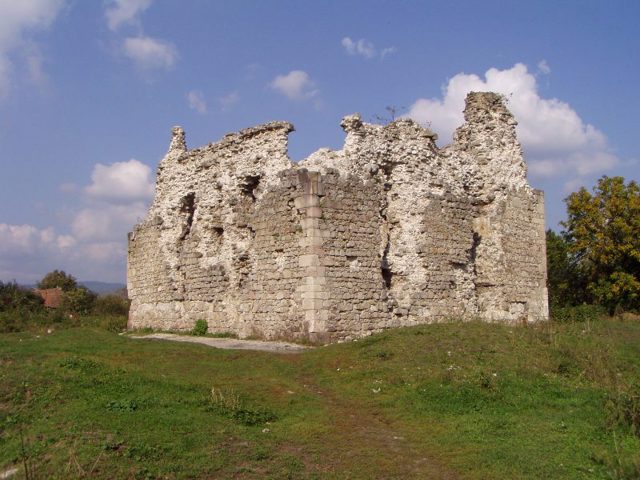
Serednyansky Castle
Castle / fortress
The ruins of a powerful quadrangular tower-donjon are the only structure of the Serednyansky castle that has survived.
It was the main defensive node of the fortress, built by the Knights Templar like the ancient Roman border watchtowers on the Rhine and Danube. The thickness of the walls of the tower reached 3 meters. With the help of a chain of similar castles, the Templars controlled the salt route from Transcarpathia to Europe in the 12th-15th centuries.
After the liquidation of the Knights Templar, the castle briefly became the property of the monastic order of Saint Paul, and then was gifted by King Charles Robert to the Drugets magnates. In the 16th century, the new owners from the Dobo family, whose representative Ishtvan Dobo distinguished himself during the defense of the Eger fortress from the 120,000-strong Turkish army, took up the expansion and strengthening of the castle.
In the 17th and 18th centuries, Serednyansky Castle changed owners several times. It played an important role during the anti-Habsburg movement of the Hungarian nobles under the leadership of Ferents II Rakotsi in 1703-1711, as a result of which it was badly damaged and never recovered.
There is a legend about a complex system of underground passages, some of which were later converted into wine cellars.
Reviews Serednie
Geographical information about Serednie
| {{itemKey}} | {{itemValue}} |
|---|---|
| Region |
Zakarpattia |
